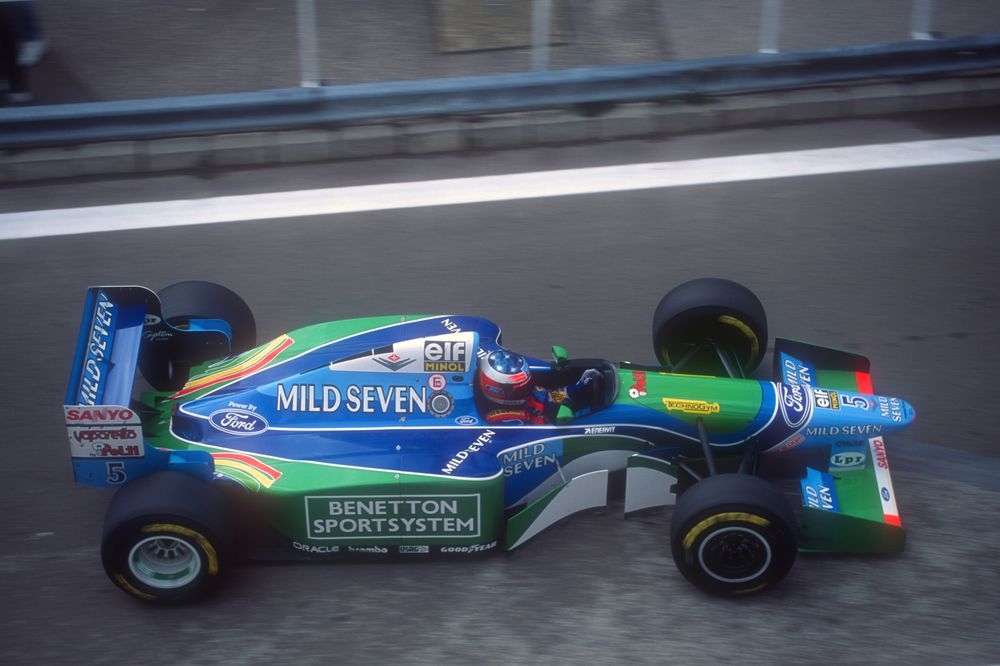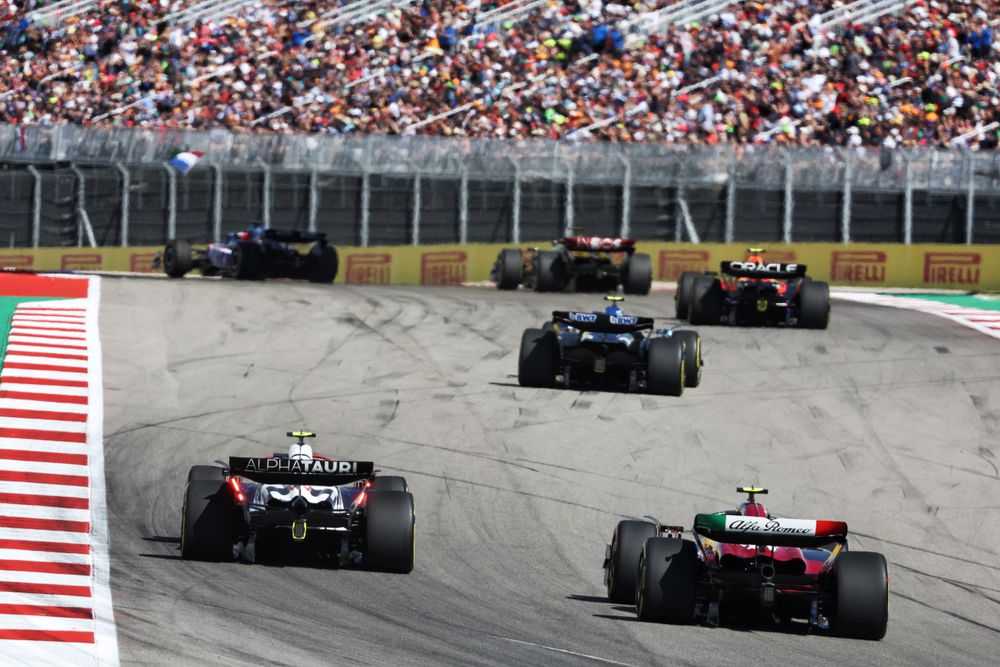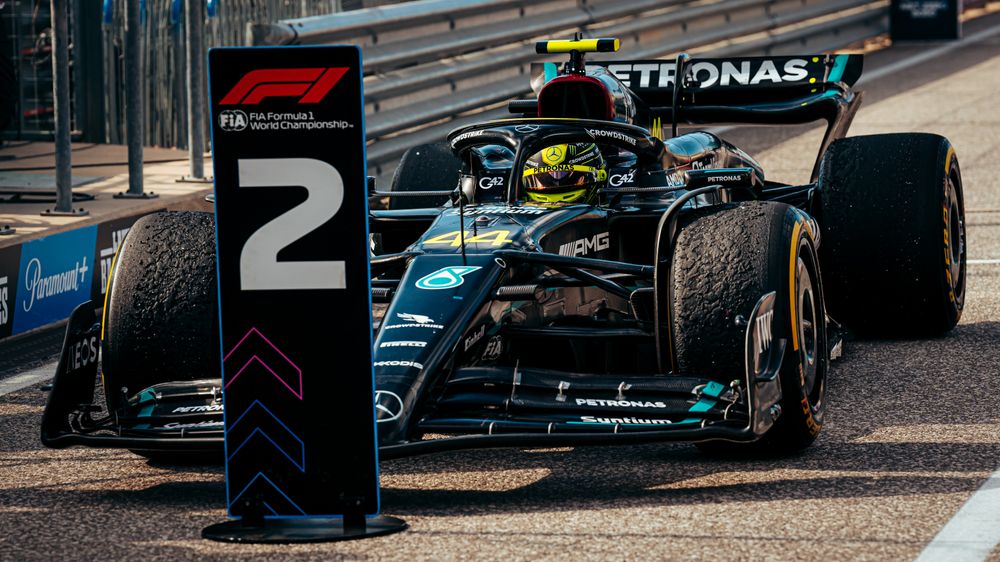Up Next

Lewis Hamilton and Charles Leclerc being thrown out of the United States Grand Prix for excessive wear to the planks under their cars is just like that time Michael Schumacher was excluded from the 1994 Belgian Grand Prix for the same offence, right?
Not quite.
The post-race disqualifications in Austin have naturally brought up comparisons with the first and most high-profile of these cases.
Beyond the offence being the same both times, there’s only one other comparable element: a lack of meaningful track time. Both Mercedes and Ferrari cited a lack of practice running under the sprint weekend format as not allowing them enough time to get their ride heights set correctly.
And in 1994, a typically weather-disrupted weekend at Spa caused Benetton the same problem.
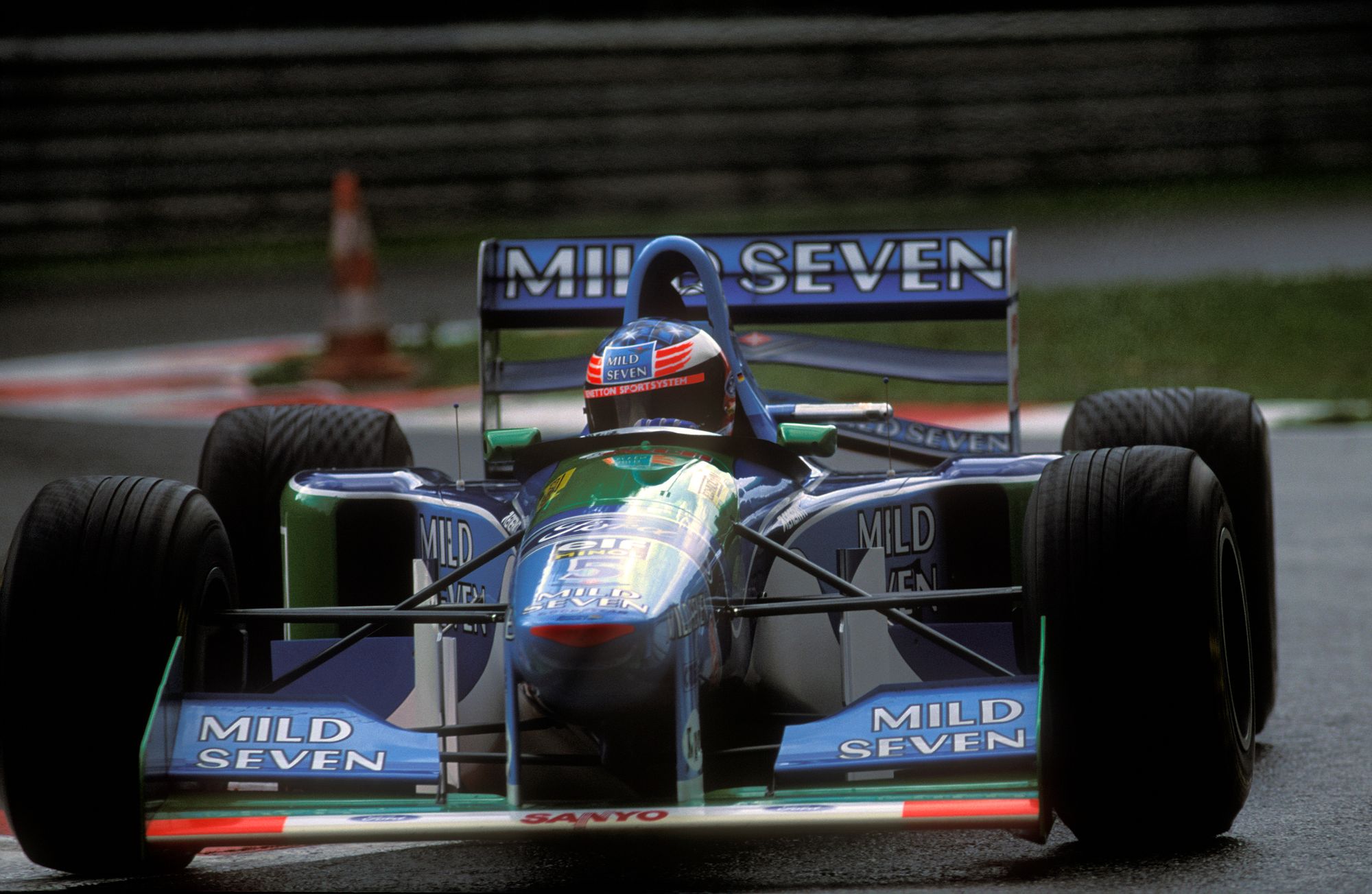
But other than that, the situations have little in common.
Why? Because while Mercedes and Ferrari accepted their fate, Benetton did no such thing back in 1994.
On the Sunday evening at Spa, Benetton tried to argue two potential causes for why Schumacher’s plank was worn down to 7.4mm in some places - 1.6mm below the amount allowed in the rules.
Firstly, the team suggested that Schumacher’s car suffered a “technical problem” of some sort after his first pitstop. Though it was never made clear what that problem was.
To back this claim up, Benetton provided laptime data that it felt showed Schumacher was slower after that stop than he was earlier in the race.
Secondly, and most famously, Benetton cited Schumacher’s spin across the exit kerb at the Fagnes right-left sequence on lap 19.
The team felt the kerb had worn away the part of the plank that was under the allowed limit of 9mm thick at the end of the race.
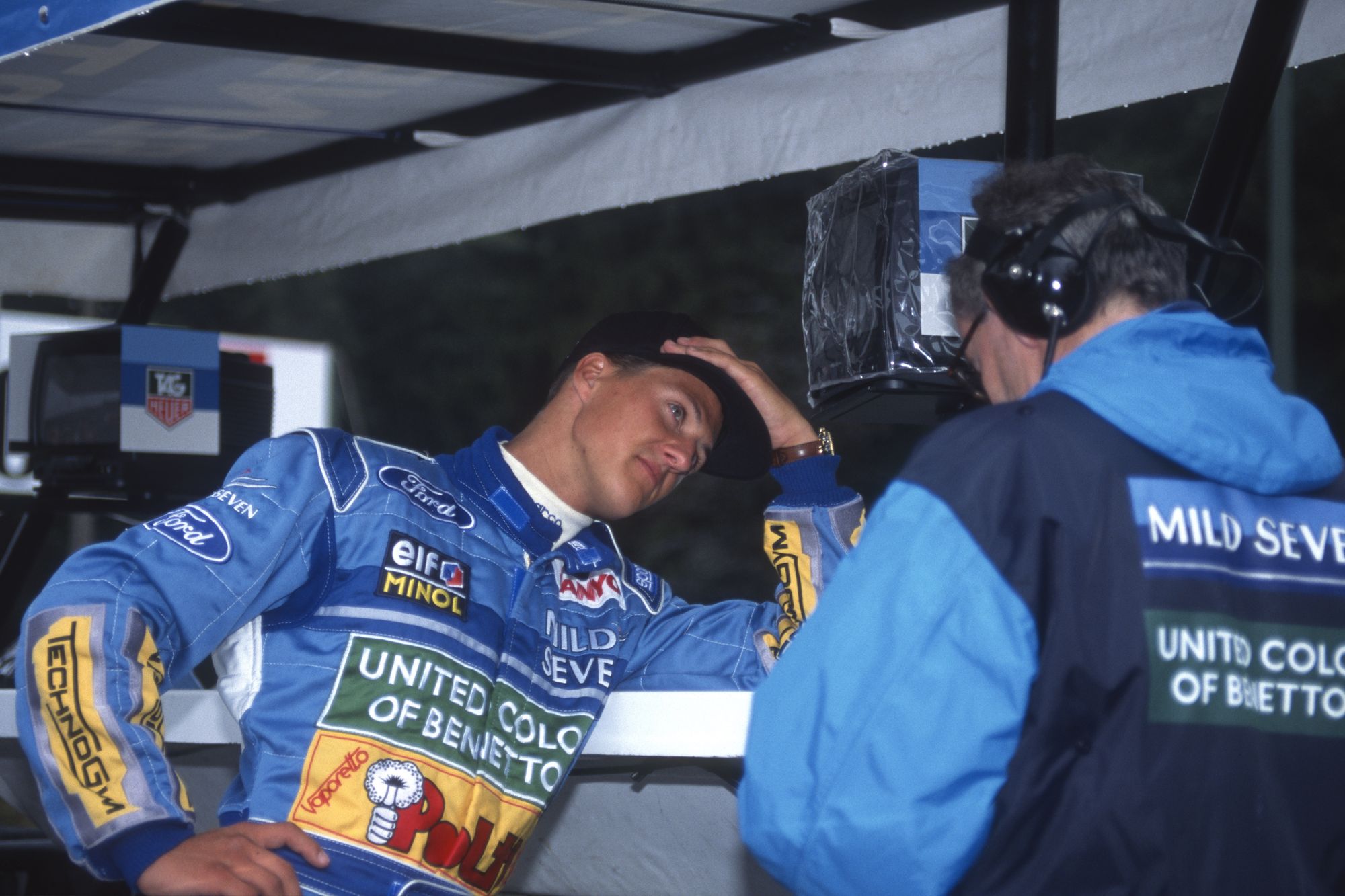
In support of this, it told the stewards that its second car, driven by Jos Verstappen, was running the same set-up - and because there was no problem on that car, that was proof that something had gone awry on Schumacher’s.
None of that went down well with the officials. On the spin, they noted that there were gouges across the plank in one area that were consistent with spinning across a kerb, but these were towards the rear of the car.
The stewards even sought the help of the Clerk of the Course, who suggested the kerb in question was too flat to have done as much damage as Benetton was claiming. An inspection of the kerb was carried out, and “no piece of wood could be found either on top or at the side of the relevant kerb”.
The offending area on Schumacher’s car was much further forward than the marks that were attributed to the spin - suggesting the front of the car was running too low. And the FIA said the signs of wear were “very light”, with any markings being longitudinal. That description seemed pretty consistent with the idea of the plank just rubbing on the ground too much while the car was going around the circuit as normal.
Even once the disqualification was made official, Benetton didn’t go quietly.
The team appealed, outraged that a back-up mechanism for judging the legality of a worn plank wasn’t used.
The idea was that if a plank was thinner than the permitted 9mm in any area, then it would be weighed, and if it still weighed at least 90% of what it did at the start of the race, it would be OK.
Benetton was told its interpretation wasn’t correct, and the decision to uphold the exclusion still bothers two of Benetton’s leading technical minds - Ross Brawn and Pat Symonds - to this day.
But Symonds has admitted on more than one occasion in recent years that Benetton had raised the car’s ride height on the grid before the race, because Schumacher complained of it bottoming out on his reconnaissance laps.
So the most logical conclusion to draw from that, is that those last-minute changes weren’t enough.
Another key difference between the 1994 and 2023 cases is the political backdrop. Benetton faced all kinds of accusations that year - in fact the Spa appeal was heard at the same time as the case over whether Benetton had tampered with its refuelling equipment, which led to the infamous fire for Verstappen at Hockenheim.
It had also spent the summer fending off accusations of using illegal driver aids, and Schumacher was facing a ban for ignoring a black flag at the British Grand Prix. So it was a tense time, and a period where Benetton’s leadership certainly felt the team was being treated unfairly by the governing body.
Perhaps the most stark contrast between the two cases is the level of acceptance that comes with the passing of time. Spa in 1994 was only the third race since the ‘plank’ was introduced underneath F1 cars to help reduce speeds.
Those rules are nearly 30 years old now, and the idea of weighing one that is worn away in some areas is not part of the technical regulations.
Therefore Mercedes and Ferrari could do nothing but accept the ruling as a slam dunk. And with neither team having spent the year coming under fire in the way Benetton had in 1994, plus the exclusions not costing either team a victory, that made the 2023 decisions easier to take.
When the new series of our Bring Back V10s podcast starts in January, we'll be including a full episode on the 1994 Belgian Grand Prix, which will get into this story in more detail.


